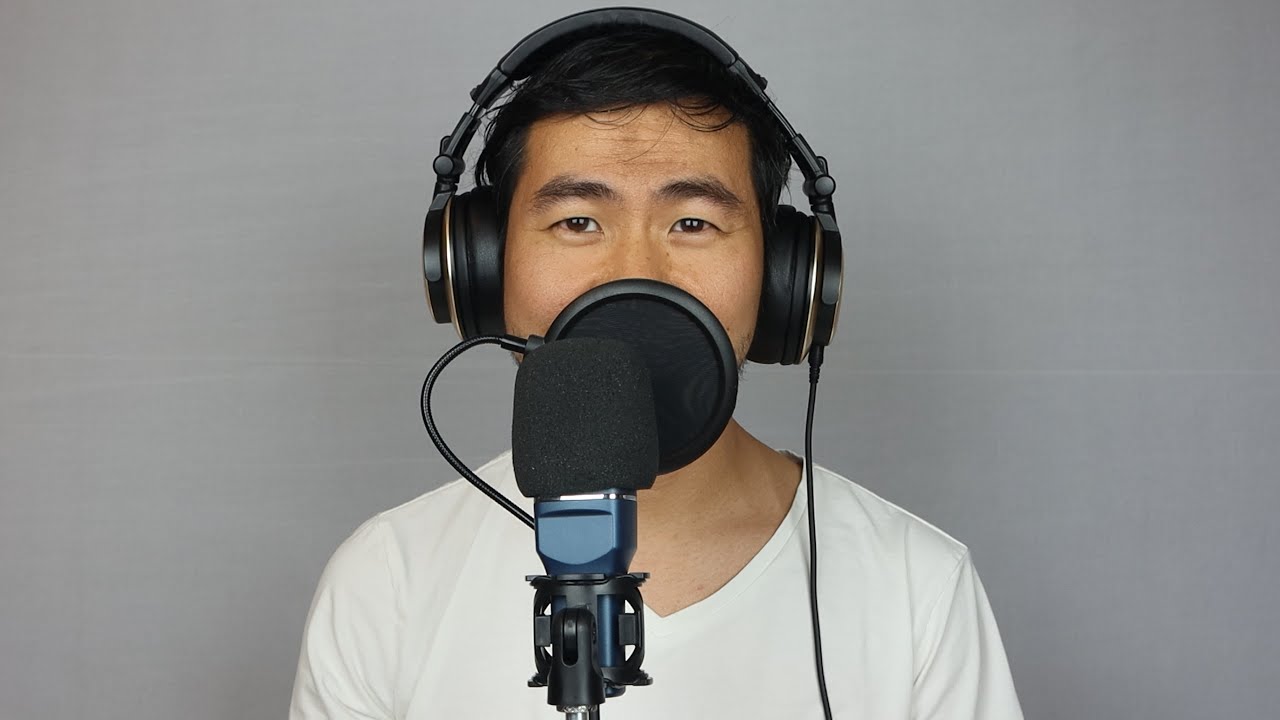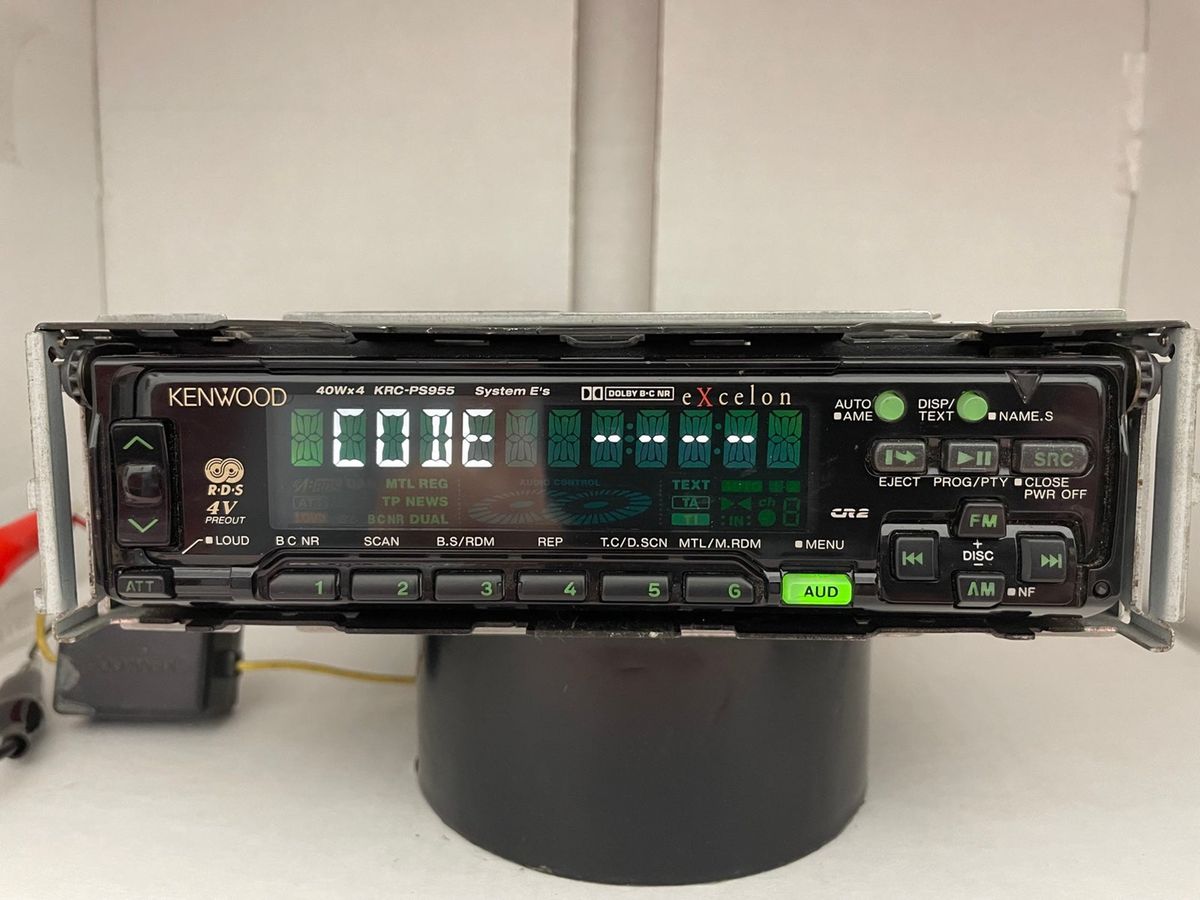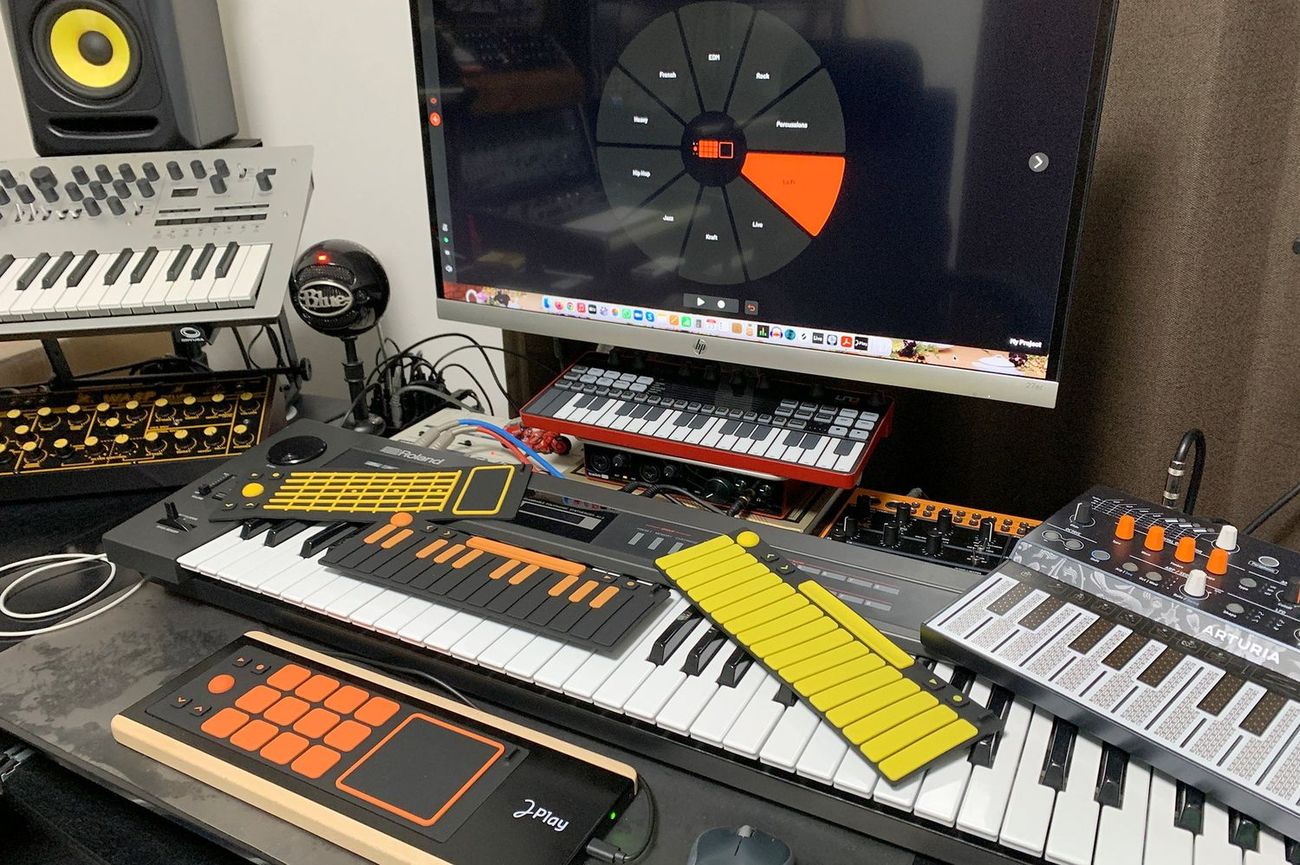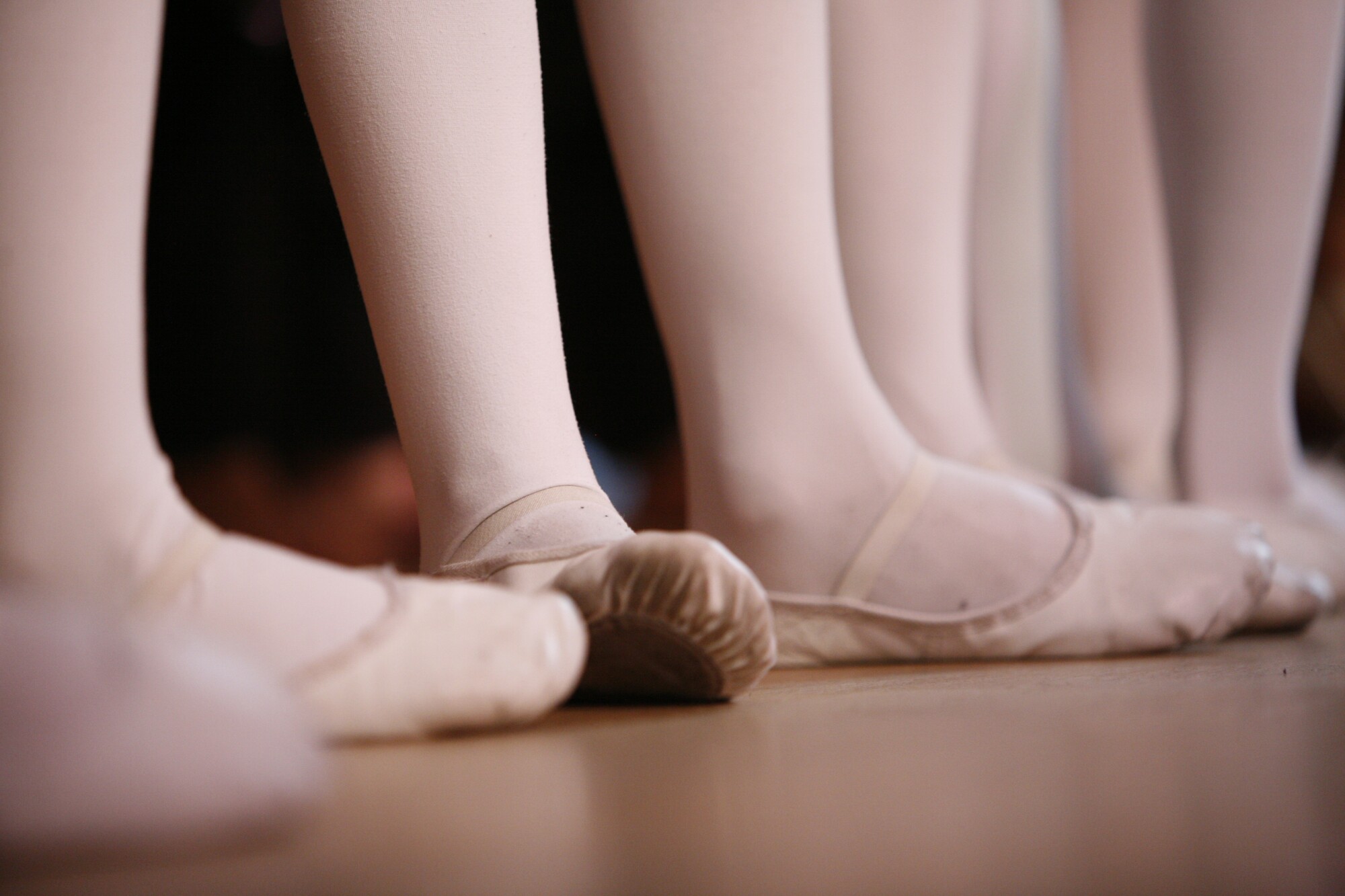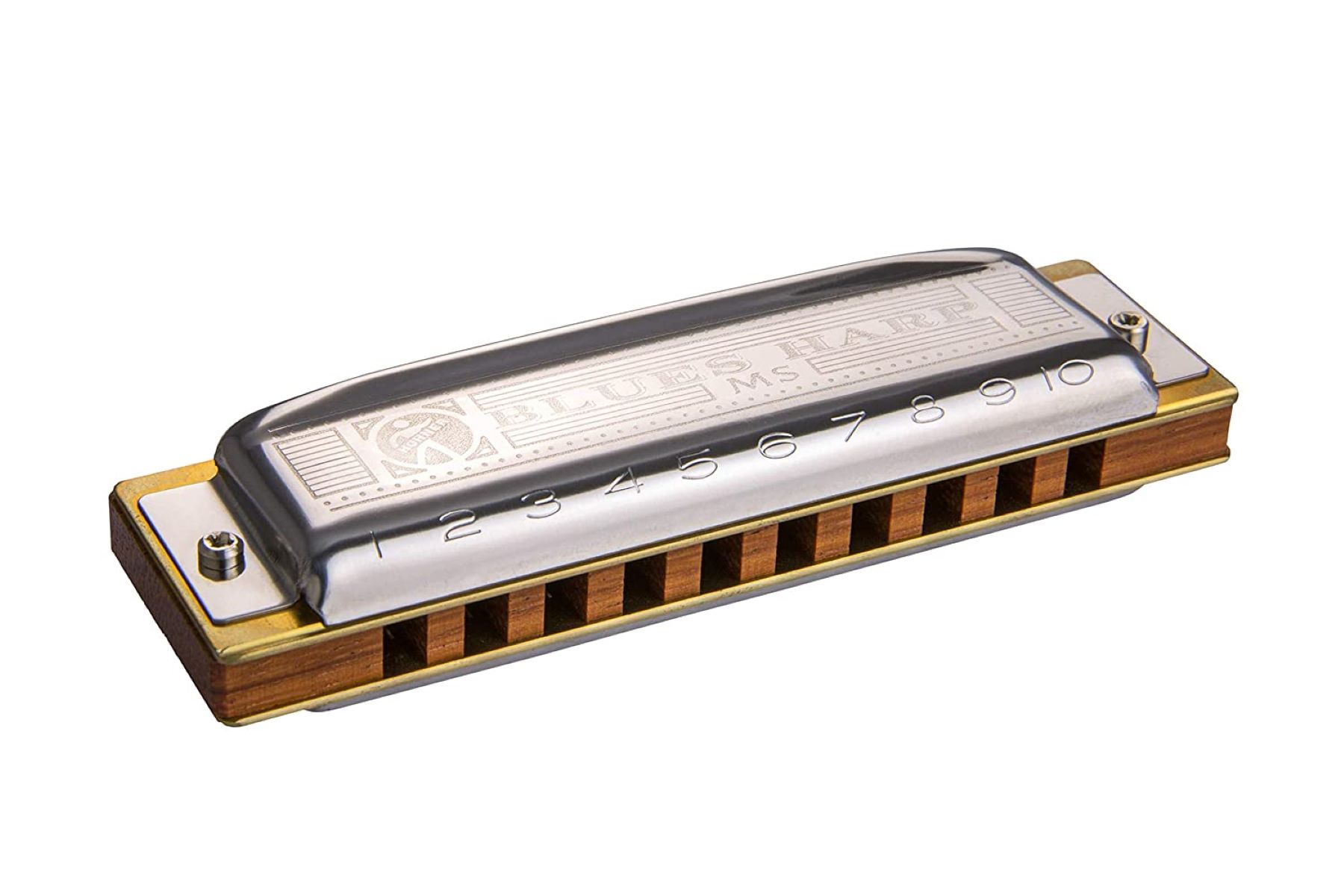Home>Production & Technology>MIDI>What Type Of Sync Is MIDI Beat Clock


MIDI
What Type Of Sync Is MIDI Beat Clock
Published: February 21, 2024
Learn about the different types of MIDI sync, including MIDI Beat Clock, and how they can enhance your music production. Understand the benefits and applications of MIDI synchronization.
(Many of the links in this article redirect to a specific reviewed product. Your purchase of these products through affiliate links helps to generate commission for AudioLover.com, at no extra cost. Learn more)
Introduction
When it comes to music production and performance, timing is everything. The ability to synchronize various musical devices and software applications is crucial for creating a cohesive and polished sound. In the realm of electronic music, MIDI (Musical Instrument Digital Interface) has long been a cornerstone technology for achieving this synchronization.
MIDI Beat Clock, a fundamental component of MIDI technology, serves as the heartbeat that keeps all MIDI-compatible devices and software applications in perfect rhythm. Understanding the different types of sync in MIDI Beat Clock is essential for musicians, producers, and sound engineers seeking to harness the full potential of MIDI in their creative endeavors.
In this comprehensive guide, we will delve into the intricacies of MIDI Beat Clock, exploring its various sync types and shedding light on how each type influences the synchronization of musical devices and software. By the end of this journey, you will have a deeper understanding of MIDI Beat Clock and its role in shaping the sonic landscapes of modern music production. So, let's embark on this illuminating exploration of MIDI Beat Clock and its diverse sync types.
What Is MIDI Beat Clock?
At its core, MIDI Beat Clock is a timing reference signal that enables synchronization between various MIDI-compatible devices and software applications. It serves as the pulse that unifies the tempo and timing of musical elements, ensuring that they seamlessly align to produce a cohesive and harmonious sound.
When a MIDI device or software application generates MIDI Beat Clock signals, it essentially broadcasts the tempo information, typically measured in beats per minute (BPM), to other connected MIDI devices. This allows all linked devices to maintain a consistent tempo, enabling them to play in perfect sync with one another.
MIDI Beat Clock operates on a straightforward principle: it sends out regular timing pulses, representing the musical beats, to all connected devices. This enables them to align their playback and performance to the same tempo, thereby creating a unified musical experience.
In practical terms, MIDI Beat Clock enables a diverse array of MIDI-compatible devices and software applications to work together seamlessly. From drum machines and synthesizers to sequencers and digital audio workstations (DAWs), MIDI Beat Clock serves as the common language that allows these disparate elements to function as a cohesive musical ensemble.
Moreover, MIDI Beat Clock is not limited to controlling tempo alone. It can also synchronize the start and stop commands, ensuring that all connected devices and software applications commence and conclude their playback simultaneously. This capability is particularly valuable in live performances and studio recording sessions, where precise synchronization is paramount for delivering a polished and professional musical output.
In essence, MIDI Beat Clock is the invisible conductor that orchestrates the timing and tempo of MIDI-based musical compositions and performances. Its ability to unify disparate musical elements into a harmonious whole makes it an indispensable tool for musicians, producers, and sound engineers seeking to achieve seamless synchronization in their creative endeavors.
Types of Sync in MIDI Beat Clock
In the realm of MIDI Beat Clock, different types of sync play a pivotal role in shaping the synchronization capabilities of musical devices and software applications. Understanding these sync types is essential for harnessing the full potential of MIDI technology in music production and performance. Let's explore the diverse types of sync in MIDI Beat Clock and unravel their significance in the realm of music creation.
1. Internal Sync
Internal sync refers to the mode in which a MIDI device or software application operates based on its internal clock. In this scenario, the device generates its own timing signals, including tempo and timing information, without relying on external sources. This self-contained approach can be advantageous in certain contexts, such as when a standalone hardware sequencer functions independently without the need for external synchronization.
2. External Sync
Contrasting internal sync, external sync entails a MIDI device or software application aligning its timing and tempo with an external source. This external reference can originate from another MIDI device, a master clock generator, or a software application serving as the synchronization source. External sync is particularly valuable in scenarios where multiple devices or software applications need to be unified under a single timing reference, ensuring seamless coordination in musical performances and studio productions.
3. MIDI Sync
MIDI sync, also known as MIDI Time Code (MTC), represents a specialized form of synchronization that leverages MIDI messages to convey timing information. Unlike MIDI Beat Clock, which focuses on tempo and timing pulses, MIDI sync incorporates additional data such as song position pointers and full time code. This comprehensive synchronization method enables precise coordination between MIDI-compatible devices and software applications, facilitating intricate musical arrangements and seamless playback synchronization.
4. USB MIDI Sync
With the evolution of technology, the advent of USB MIDI has introduced a new dimension of synchronization capabilities. USB MIDI sync enables MIDI-compatible devices and software applications to communicate and synchronize via USB connections, offering a convenient and reliable method for achieving seamless timing alignment. This modern approach to MIDI synchronization has become increasingly prevalent in contemporary music production setups, where USB connectivity provides a versatile and efficient means of inter-device communication.
5. DIN Sync
DIN sync, short for "Deutsches Institut für Normung" sync, represents a legacy synchronization standard that predates MIDI. While not directly related to MIDI Beat Clock, DIN sync remains a noteworthy predecessor that influenced the development of MIDI technology. Originally used in early drum machines and sequencers, DIN sync employed DIN connectors to transmit timing and clock signals, laying the groundwork for the synchronization principles that would later be refined and standardized within the MIDI framework.
In summary, the diverse types of sync in MIDI Beat Clock encompass internal, external, MIDI, USB, and legacy DIN synchronization methods, each serving distinct purposes in the realm of music production and performance. Understanding the nuances of these sync types empowers musicians, producers, and sound engineers to orchestrate seamless synchronization, unlocking new creative possibilities within the realm of MIDI technology.
Conclusion
In conclusion, the world of MIDI Beat Clock is a captivating realm where timing and synchronization converge to shape the sonic landscapes of music production and performance. Through our exploration of MIDI Beat Clock and its diverse sync types, we have gained valuable insights into the intricate mechanisms that underpin seamless musical coordination.
From the fundamental principles of internal and external sync to the specialized realms of MIDI, USB, and legacy DIN synchronization, the spectrum of sync types in MIDI Beat Clock offers a rich tapestry of possibilities for musicians, producers, and sound engineers. By understanding and harnessing these sync types, creative professionals can elevate their musical compositions and performances to new heights of precision and cohesion.
The versatility of MIDI Beat Clock extends beyond mere tempo control, encompassing the orchestration of start and stop commands, intricate musical arrangements, and the unification of disparate musical devices and software applications. This multifaceted synchronization framework serves as the cornerstone of modern music production, enabling seamless coordination in live performances, studio recordings, and electronic music compositions.
As technology continues to evolve, the advent of USB MIDI sync has ushered in a new era of connectivity and synchronization, offering musicians and producers a modern and efficient means of achieving seamless timing alignment. This convergence of traditional MIDI principles with contemporary USB connectivity underscores the adaptive nature of MIDI technology, ensuring its relevance in the ever-evolving landscape of music creation.
Furthermore, the legacy of DIN sync stands as a testament to the evolutionary journey of synchronization standards, laying the groundwork for the refined principles that culminated in the MIDI framework. While DIN sync may belong to the annals of music technology history, its influence reverberates through the corridors of MIDI Beat Clock, reminding us of the enduring legacy and innovation that continue to shape the world of musical synchronization.
In essence, the diverse sync types in MIDI Beat Clock serve as the threads that weave together the fabric of musical synchronization, empowering creative professionals to craft harmonious and precisely coordinated musical experiences. By embracing the nuances of MIDI Beat Clock and its sync types, musicians and producers can embark on a journey of sonic exploration, where every beat, every note, and every rhythm converge in perfect harmony.
As we conclude our exploration of MIDI Beat Clock and its sync types, let us carry forth this newfound understanding into our creative endeavors, leveraging the power of synchronization to elevate our musical expressions and forge seamless sonic tapestries that resonate with audiences around the world. The heartbeat of MIDI Beat Clock continues to pulse, guiding us toward new horizons of musical innovation and synchronization excellence.

